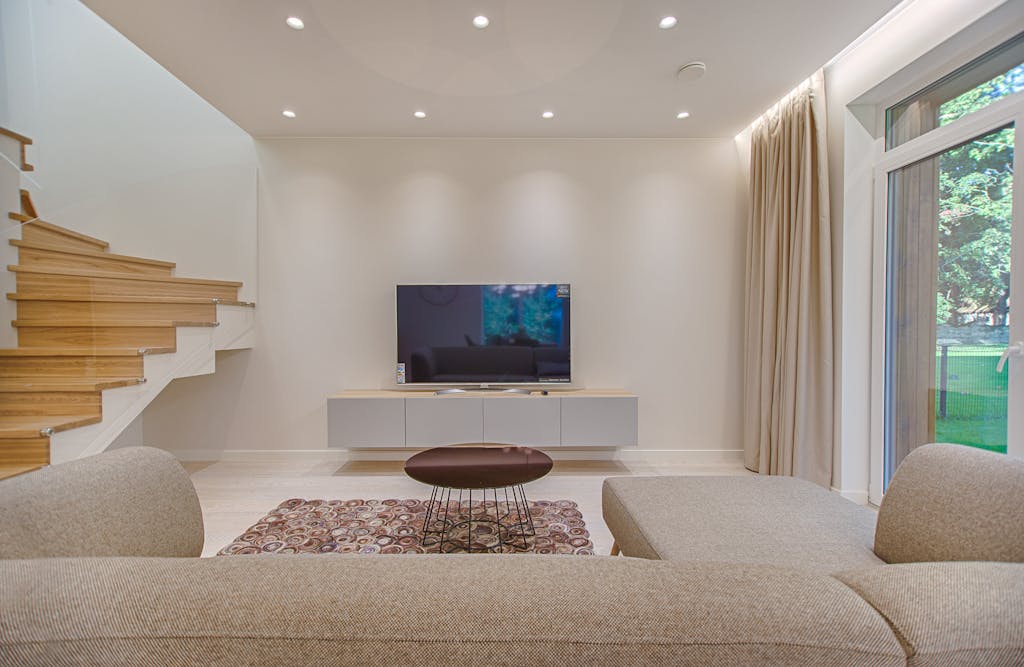Color is a powerful tool that can evoke emotions, influence perceptions, and create a desired atmosphere in your living space.
Understanding the psychology of color in home decor is essential for creating an environment that not only reflects your personal style but also enhances your mood and well-being.
By strategically employing colors, you can transform a room into a cozy retreat, an energizing workspace, or a sophisticated entertainment area.
In this article, we’ll explore the fascinating world of color psychology and provide you with practical tips on how to choose and combine colors to create the perfect ambiance in your home.
The Basics of Color Psychology in Interior Design
Color psychology is the study of how colors affect human behavior, emotions, and perceptions.
It has its roots in ancient civilizations, where colors were used symbolically in art, clothing, and rituals.
I find it fascinating that our response to colors is deeply ingrained in our psyche, influenced by both biological and cultural factors.
In interior design, color is a powerful tool for creating a desired mood and atmosphere.
The right color scheme can make a room feel larger, warmer, or more intimate, while the wrong colors can create a sense of unease or discomfort.
When designing a space, it’s crucial to consider the psychological impact of the colors you choose.
Creating the Perfect Ambiance with Color
Now let’s have a look at how various colors affect us humans.
Warm Colors (Red, Orange, Yellow)
Warm colors are energizing and stimulating, making them perfect for spaces where you want to encourage activity and conversation.
In my living room, I have an accent wall painted in a warm terracotta color, which creates a cozy and inviting atmosphere. Here are some tips for using warm colors:
- Use red in dining rooms to stimulate appetite and conversation
- Incorporate orange in home offices to boost creativity and productivity
- Add yellow accents to kitchens for a cheerful and welcoming vibe
Cool Colors (Blue, Green, Purple)
Cool colors have a calming and relaxing effect, making them ideal for spaces where you want to promote tranquility and rest.
I recently painted the bedroom of a client in a soft blue-green hue, and he said he had noticed a significant improvement in his sleep quality.
Consider these ideas for using cool colors:
- Use blue in bedrooms to create a serene and peaceful atmosphere
- Incorporate green in bathrooms for a spa-like, rejuvenating feel
- Add purple accents to meditation or yoga rooms for a sense of spiritual connection
Neutral Colors (White, Gray, Beige)
Neutral colors are versatile and provide a balanced backdrop for other colors.
They can make a space feel larger and more open, and they allow you to easily change your decor by swapping out accent pieces.
I love using neutral colors as a foundation and adding pops of color through artwork, pillows, and other accessories.
Bold and Vibrant Colors
Bold and vibrant colors can add energy and personality to a room, but they should be used sparingly to avoid overwhelming the space.
A bright red sofa or a vivid green accent wall can make a striking statement, but balance them with neutral colors to create a harmonious look.
I once painted a single wall in my home office a bold teal color, and it instantly boosted my mood and creativity.
Factors to Consider When Choosing Colors

Lighting
Lighting plays a crucial role in how colors are perceived. Natural light can make colors appear brighter and more vibrant, while artificial light can alter the hue and intensity of colors.
When choosing colors for a room, consider the amount and type of light it receives throughout the day.
Room Size and Layout
Color can also influence the perceived size and shape of a room.
Light colors can make a small room feel larger and more open, while dark colors can make a large room feel cozier and more intimate.
Consider the room’s dimensions and layout when selecting colors to create the desired effect.
Personal Preferences and Style
Ultimately, the colors you choose for your home should reflect your personal taste and style. Don’t be afraid to experiment with different colors and combinations until you find what resonates with you.
I once painted my living room a bold orange color since I saw a nice picture in a magazine, but I soon realized that it didn’t suit my personality at all.
It’s okay to make mistakes and learn from them!
Combining Colors for Optimal Results
When combining colors, it’s essential to consider color schemes and how they can impact the overall look and feel of a room. Here are some common color schemes:
- Monochromatic: Using shades and tints of the same color
- Complementary: Using colors opposite each other on the color wheel
- Analogous: Using colors adjacent to each other on the color wheel
Experiment with different color combinations to find what works best for your space and personal style. For example. I love using a monochromatic scheme with different shades of blue in my bedroom, as it creates a calming and cohesive look.
Now go ahead, experiment with color in your home, and tell me how it went.
